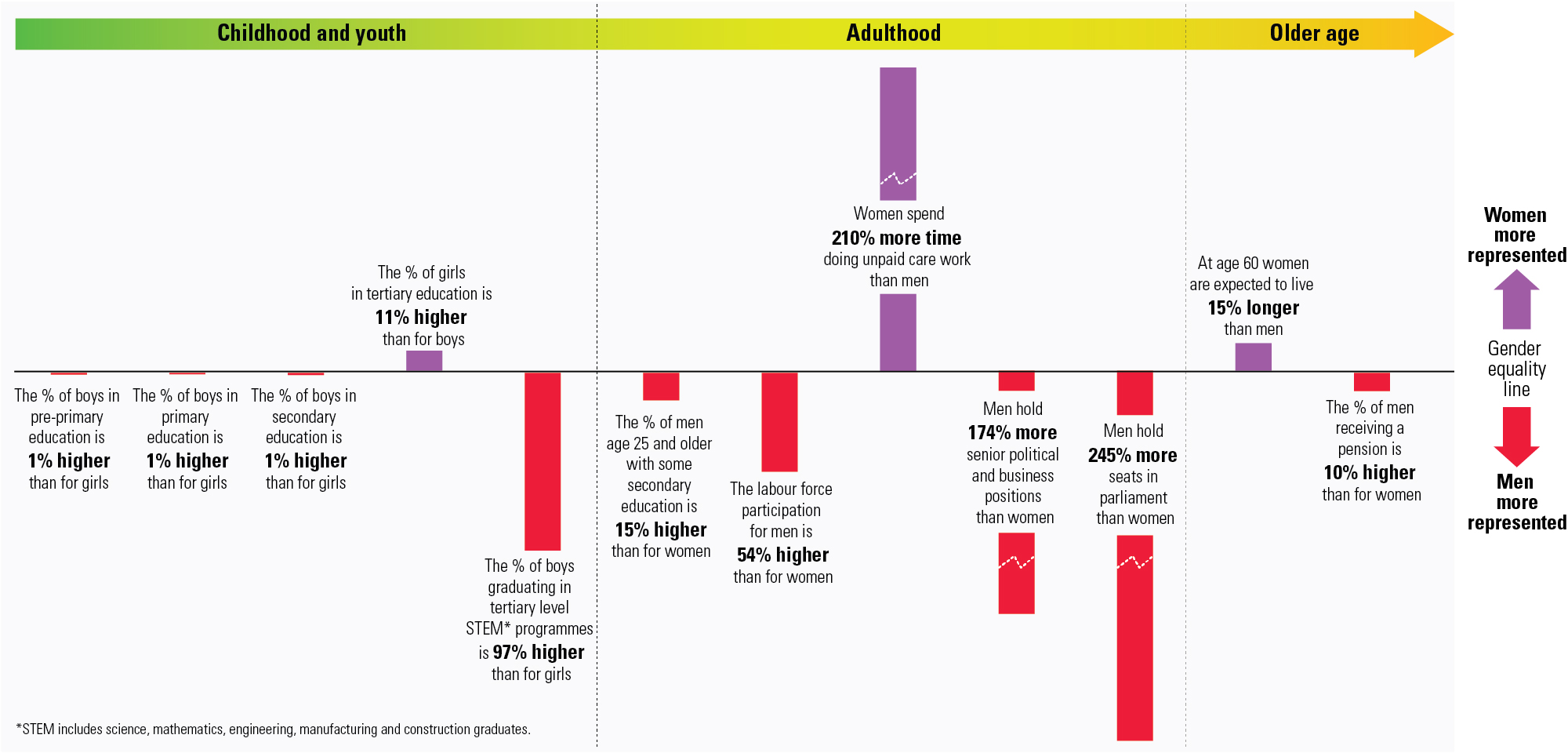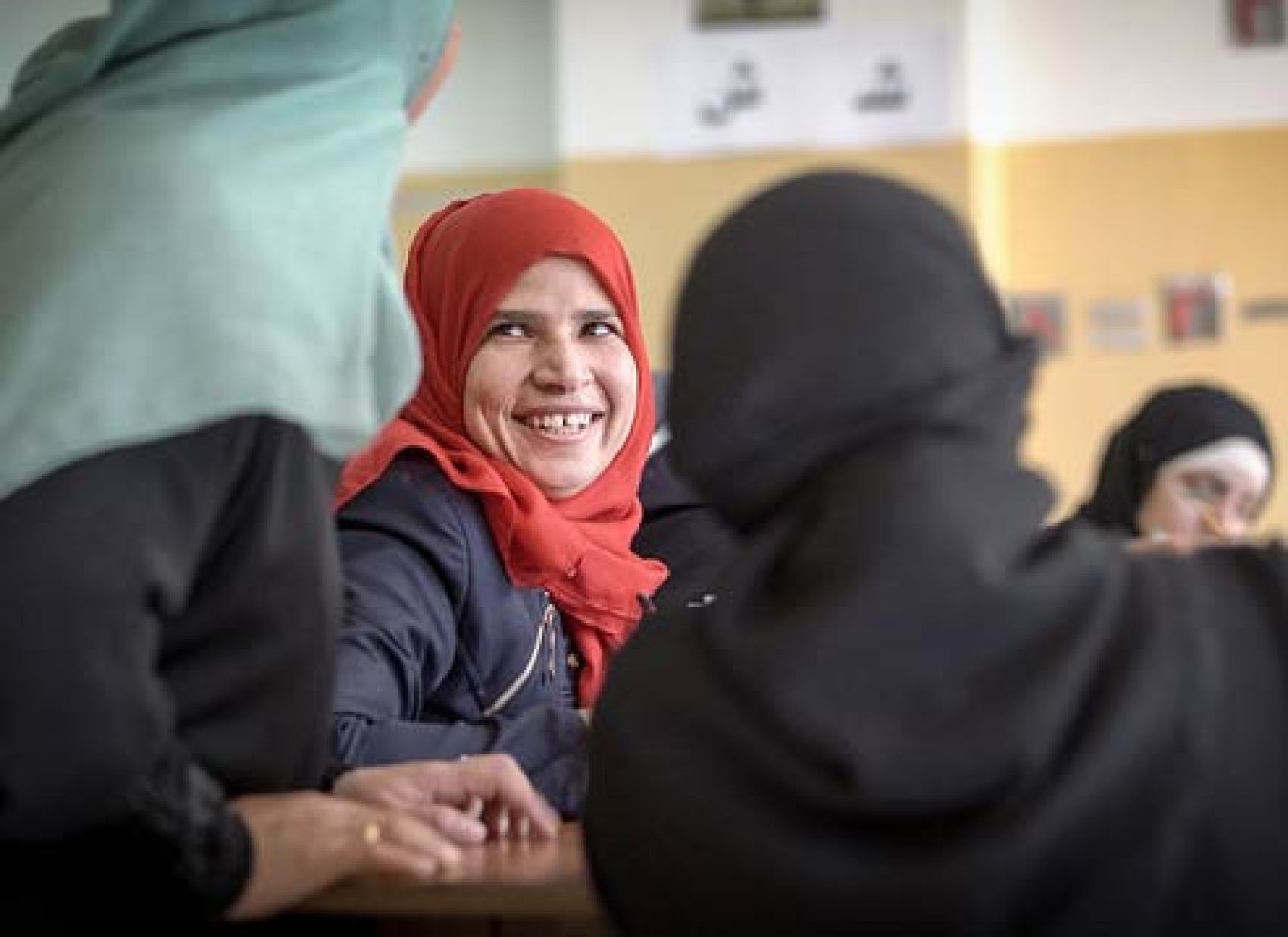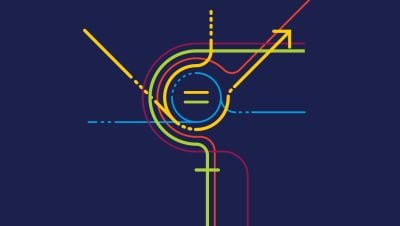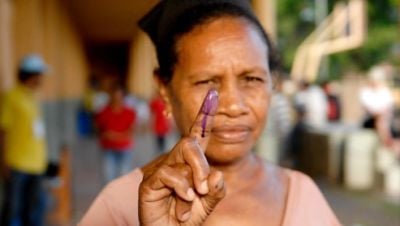Our choices and opportunities, from childhood to older-age, accumulate over the life course. Breaking patterns of inequality requires us to consider the full cycle of life and identify critical intervention periods and cumulative deprivations. Children who do not have access to early childhood education may not learn as efficiently later. Youth who have a limited education, may resort to informal work or be unemployed, which can later lead to an insufficient pension. Older people may suffer illnesses and disabilities brought on from past physical labour or insufficient preventive health care.
Recent Human Development Reports have experimented with presenting data in a way that highlights the gaps in capabilities and opportunities between women and men from childhood through older age. The numbers can guide decision-makers beyond narrow single-target considerations of gender inequality. This perspective provides a more holistic view of how gender gaps accumulate through life, helps to identify bottlenecks to progress, and highlights the need for comprehensive intervention strategies. The graphic below draws attention to several patterns that warrant further attention if we are to make progress on Sustainable Development Goal (SDG) 5 (and related goals) to achieve gender equality and empower all women and girls.
There has been success in some areas, but greater attention is required in others to break down barriers.
First, education enrollment data indicate that some gender gaps in the early formative years are closing. Since 1990 significant progress has been made toward equalizing the enrollment of girls and boys in education globally and in all regions. This is at least in part because Millennium Development Goal (MDG) 3, which focused on equalizing school enrollment between girls and boys, drew policy attention to education’s role in empowering women and girls. In 1990, the proportion of boys enrolled in secondary school was about 15 percent higher than for girls. Today, enrollment differs by around 1 percent. Indeed, the proportion of girls in tertiary education now outnumbers boys by 11 percent. This progress should be celebrated, but not overstated. There are still gaps, for example, in learning outcomes and variations in enrollment rates across countries and regions. Gaps in the numbers of girls and boys in Science, Technology, Engineering and Mathematics (STEM) programmes, also remain wide with twice the proportion of boys as girls graduating from tertiary programmes in science, mathematics, engineering and construction.
Second, despite closing the educational gaps, inequalities between women and men during adulthood remain stubbornly wide. For example, the labour force participation rate is 54 percent higher for men than for women – a proportion that has not changed since 1990; 2.7 times more men than women are in senior political and business roles; and 3.5 times more men are in parliament. At the same time, a disproportionate burden is placed on women to provide unpaid care in the home – women provide 3.1 times the care work of men. These global averages mask even greater discrepancies in some regions. Policy attention to changing the social norms that push women toward work at home and men toward paid work could help reduce these gaps. Discouraging child marriage, providing care services for the elderly and for young children, encouraging both paternity leave and men’s engagement in unpaid work, and removing discrimination in women's paid work are just a few important initiatives for leveling the playing field in adulthood. Indeed, the SDGs take a much broader approach to women’s empowerment than the MDGs, which focused primarily on education parity, and are well poised to extend policy-attention to many outstanding barriers to gender equality.

Source: Most data are from the 2016 Human Development Report, Life-Course Gender Gap Dashboard. Data on share of science, mathematics, engineering, manufacturing and construction (STEM) graduates at tertiary level are from UNESCO Institute for Statistics (2018), Data Centre. Data on total time spent on unpaid care work are from the 2015 Human Development Report, Figure 4.1. Data on life expectancy at age 60 are from UNDESA (2017), World Population Prospects: The 2017 Revision.
Third, women in older age face hardships accumulated over time that require attention. Women over the age of 60 are expected to live on average 3 years longer than men. But after years spent in unpaid care work, or in part-time or informal work without pension plans, women are less likely to have a pension. Ten percent more men receive a pension than women, although in many countries neither men nor women receive a pension and data are often unavailable. Only six of 41 Low Human Development countries report pension data and – among those – an average of only 17 percent of men and 11 percent of women have access to a pension. For those women who do have a pension, it is typically smaller than that of men because they have worked for fewer years, and/or at lower wages. This is the case in developed and developing countries alike. The Economist reports that in the European Union retired women receive an average of 39 percent less pension income than men.
Gender gaps exist at all stages of the life course and policy attention at all stages remains important, but closing gaps and empowering women and girls to achieve SDG 5 requires particular attention during adulthood. Choices for working women are not keeping pace with progress in girl’s education. And this has consequences for poverty in older age. By 2050 the proportion of the world’s population over age 60 is expected to double. Left unaddressed, gender gaps in financial support during older age will exacerbate poverty rates among women in aging populations.
Policy attention throughout the life course could start by focusing on: 1) ensuring quality education for girls and encouraging participation in STEM programmes; 2) equalizing opportunities for women in work and balancing unpaid work between men and women; and 3) expanding pension options for women to reduce poverty in older age.
The HDialogue blog is a platform for debate and discussion. Posts reflect the views of respective authors in their individual capacities and not the views of UNDP/HDRO.
HDRO encourages reflections on the HDialogue contributions. The office posts comments that supports a constructive dialogue on policy options for advancing human development and are formulated respectful of other, potentially differing views. The office reserves the right to contain contributions that appear divisive.
Photo: UN Women/Christopher Herwig


